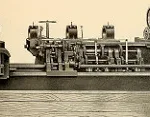
An Accendo Reliability recorded webinar event
You may already know my position on MTBF.
If not, do not use MTBF at all, ever, in any form. So what should we use instead?
I suggest using reliability, the probability of success over a specific duration.
Let’s discuss what will work for you.
[Read more…]

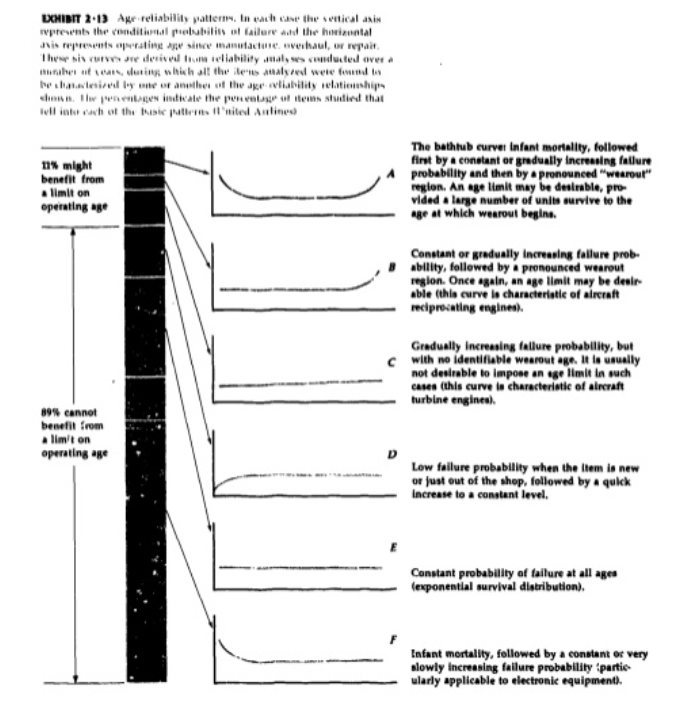


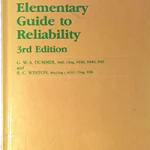
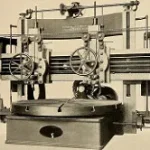

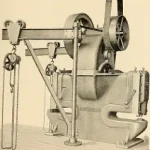

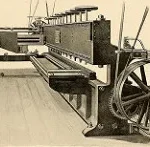

 Ask a question or send along a comment.
Please login to view and use the contact form.
Ask a question or send along a comment.
Please login to view and use the contact form.